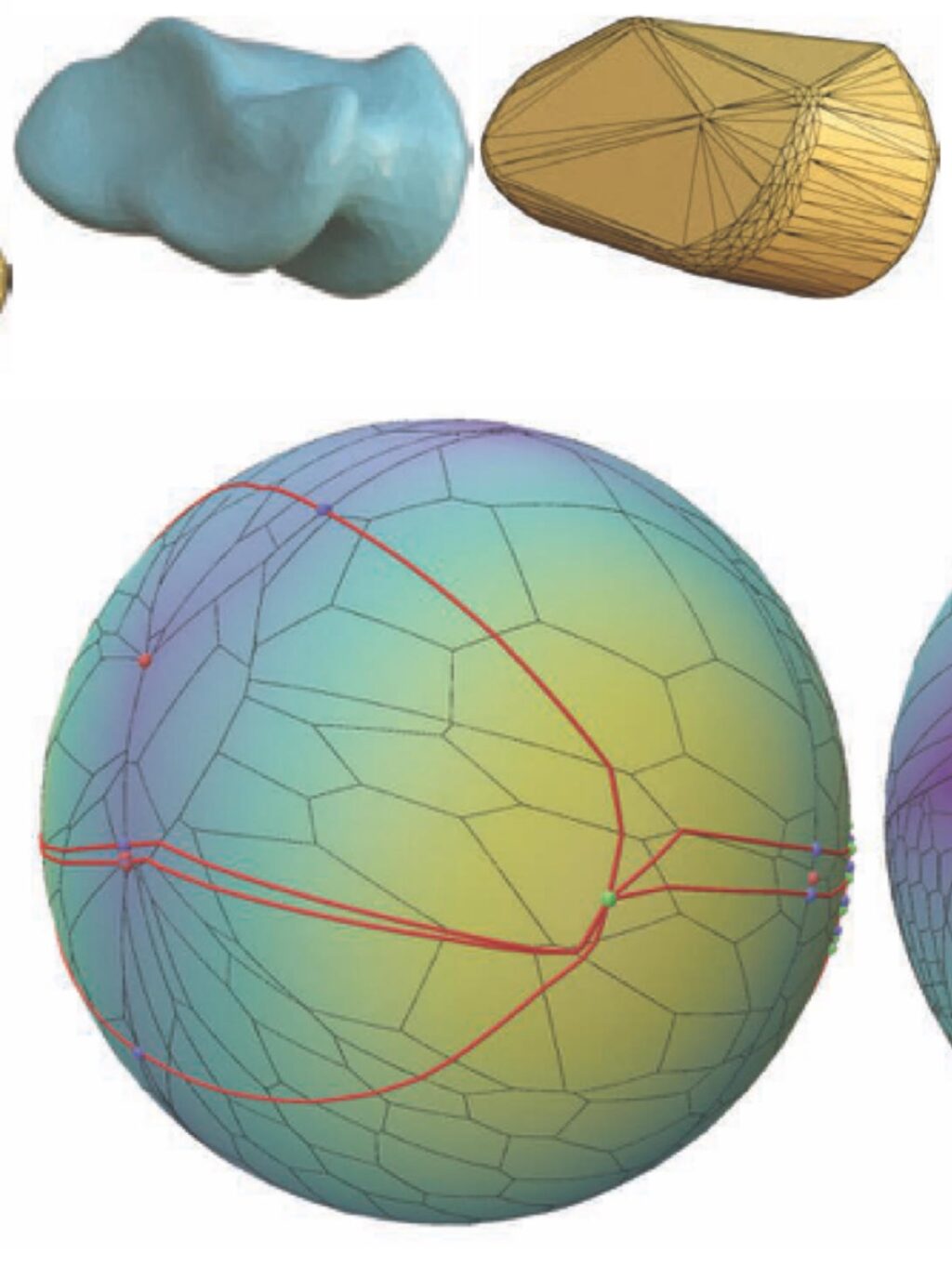Gamers may soon have the option to choose from a diverse range of uniquely shaped dice for their gaming experiences, with the possibility of 3D printing custom designs. STL files of the team’s dice models are already available for download. The innovative algorithm also shows potential for creating realistic arrangements of objects and ensuring that designs can achieve stability, like the traditional Daruma doll, which returns to an upright position when tilted. “Our method enables this feature to be integrated into the object’s geometry,” explained Crane.
Crane further highlights the practical implications of this research in areas such as underwater construction, where precise positioning is crucial. “In scenarios where low-momentum is prevalent, proper orientation becomes vital,” he noted. He also mentioned that analyzing how granular materials settle and compact might yield insights into soil behavior. “It’s exciting to release research like this, as it often leads to unexpected applications that others may discover in the future.”
However, experts caution about the limitations of the method. Mathematician Henry Segerman from Oklahoma State University noted that the approach isn’t an all-encompassing solution for designing unconventional dice. “The method cannot account for friction, bouncing, and other momentum dynamics in real-world scenarios, but it effectively predicts where a die would land if placed randomly on a non-slip surface in low gravity, as it gradually rolls down without slipping or bouncing,” he explained.
Crane and his colleagues acknowledge these critiques in their research. “While their points are valid regarding the model’s limitations concerning ideal geometry and physics, if your aim is to create dice for tabletop games, these approximations are entirely reasonable,” he stated.








